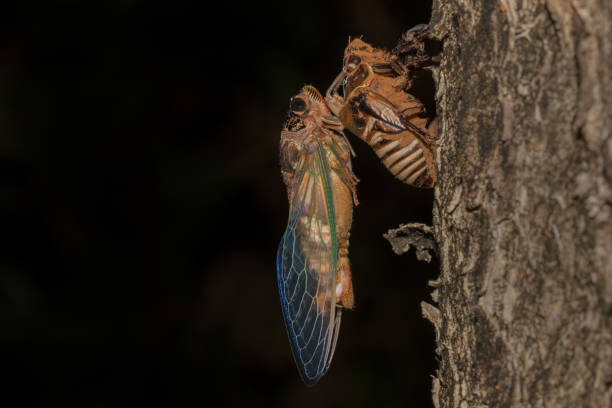cicadas- the Insect behind the noisy forest
HERE’S ALL THAT YOU NEED TO KNOW ABOUT CICADAS IN KANHA NATIONAL PARK
The cicadas in the forests of central India embody the essence of summer. Their resounding choruses echoing through the forests and plains, uniting the natural world in a symphony of life. As guardians of the seasonal transition, these remarkable insects inspire awe and wonder, reminding us of the beauty and resilience of the natural world that surrounds us.
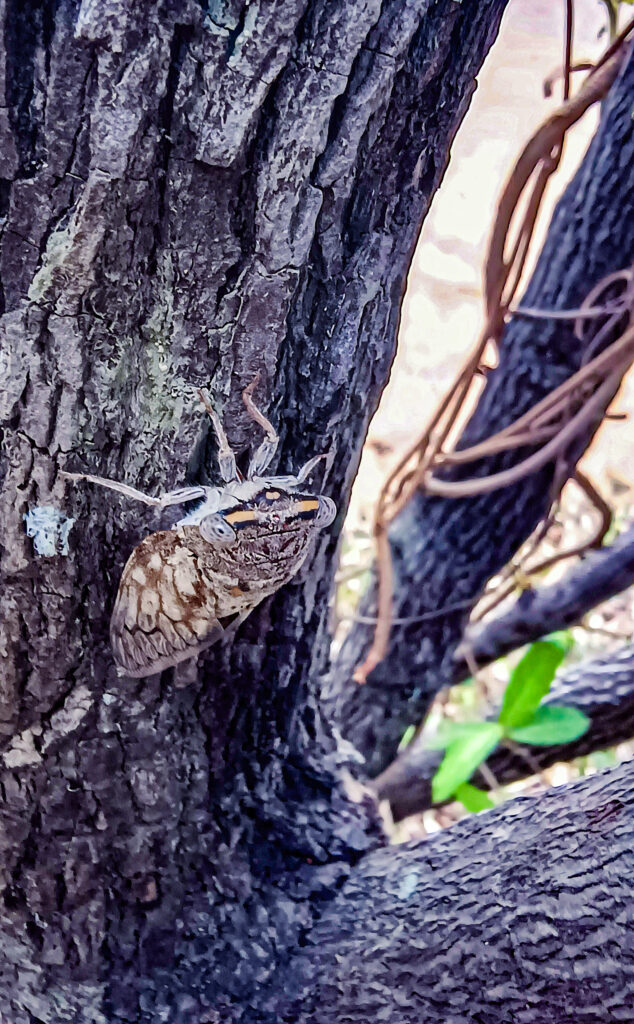
India’s Cicada Diversity
India boasts a rich diversity of cicadas, with approximately 200 species documented across the country. These species are found in diverse habitats, ranging from forests to urban areas. Various genera, including Tibicen, Platypleura, Cicadatra, and Dundubia, contribute to India’s cicada fauna.
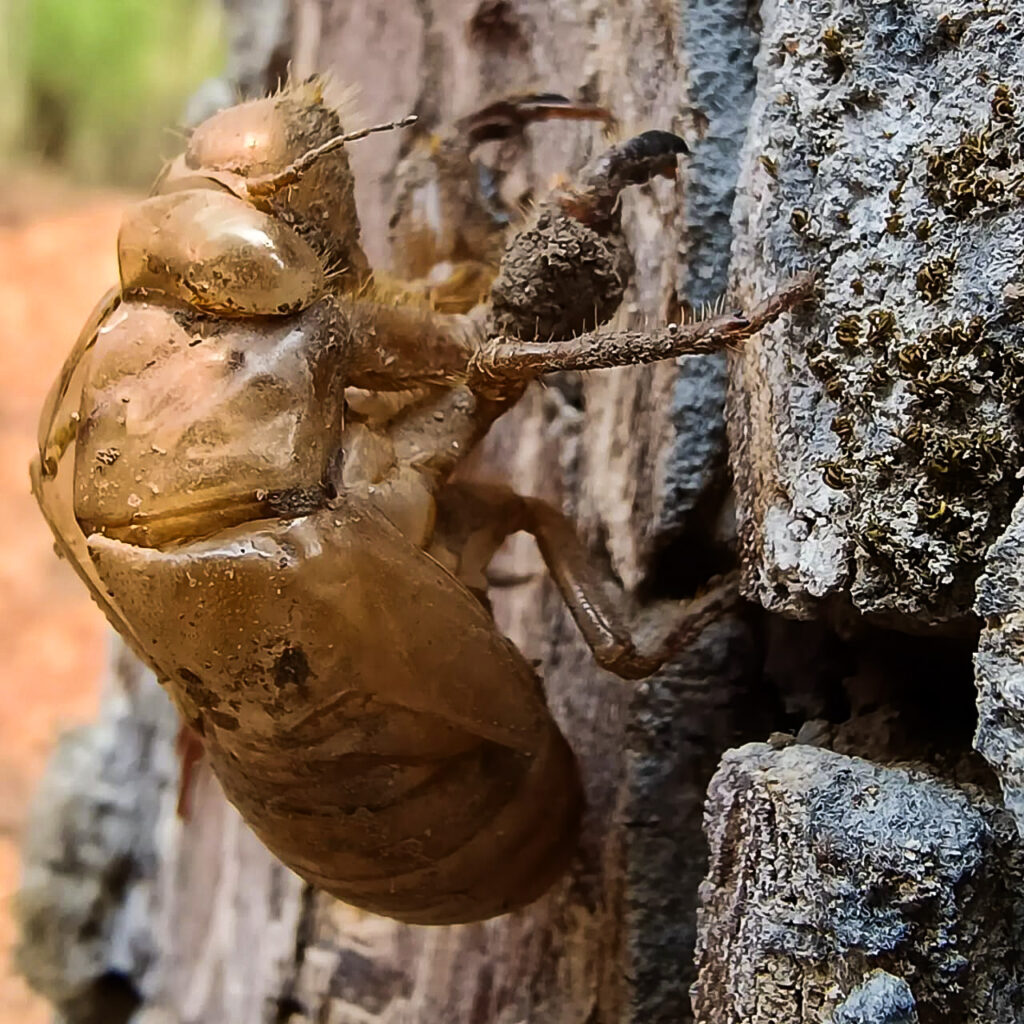
Cicadas of Kanha Tiger Reserve
Situated in the heart of Central India, Kanha Tiger Reserve is home to several species of cicadas. While specific data on cicada diversity within the reserve may be limited, but a subset of the cicada species are found in the broader region. Common genera such as Tibicen, Platypleura, and Cicadatra are likely to be present, contributing to the vibrant acoustic landscape of the reserve during the summer months.
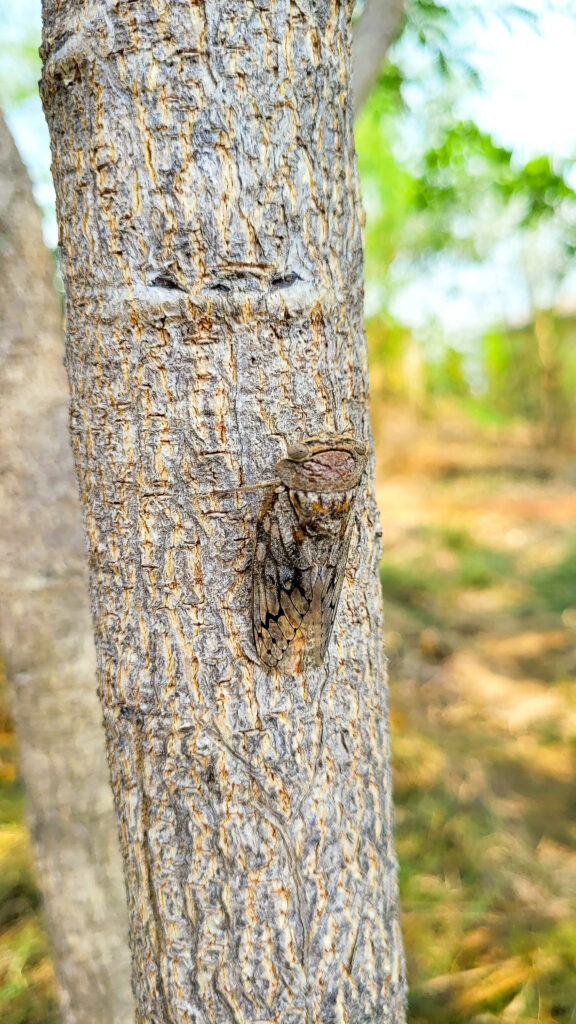
Common Cicada Species of Central India
Central India is home to a diverse array of cicada species, each with its own unique characteristics and vocalizations. Among the most common species found in the region are:
1. Tibicen species:
Also known as “dog-day cicadas,” these robust insects are renowned for their loud buzzing calls that resonate throughout the forests and countryside. Their large size and vibrant colors make them a conspicuous presence during the summer months.
2. Platypleura species:
Characterized by their distinctive greenish hue and intricate wing venation, Platypleura cicadas are adept singers, producing melodious trills that punctuate the hot summer days. Their rhythmic choruses can be heard emanating from the treetops, blending seamlessly with the sounds of nature.
3. Cicadatra species:
Commonly known as “bush cicadas,” Cicadatra species are smaller in size but no less vocal than their larger counterparts. Their high-pitched calls create a symphony of sound that fills the air, signaling the arrival of summer in Central India.
4. Dundubia species:
With their striking patterns and robust bodies, Dundubia cicadas are a familiar sight in the region’s woodlands and gardens. Their resonant calls reverberate through the trees, serving as a testament to the resilience and vitality of nature.
Cicada Life Cycle
Cicadas belong to the order Hemiptera and the family Cicadidae. Their life cycle is a marvel of nature, consisting of distinct stages: egg, nymph, and adult. Female cicadas deposit their eggs into the crevices of tree branches, where they remain until hatching. Once hatched, the nymphs drop to the ground and burrow into the soil, where they spend several years feeding on sap from tree roots.
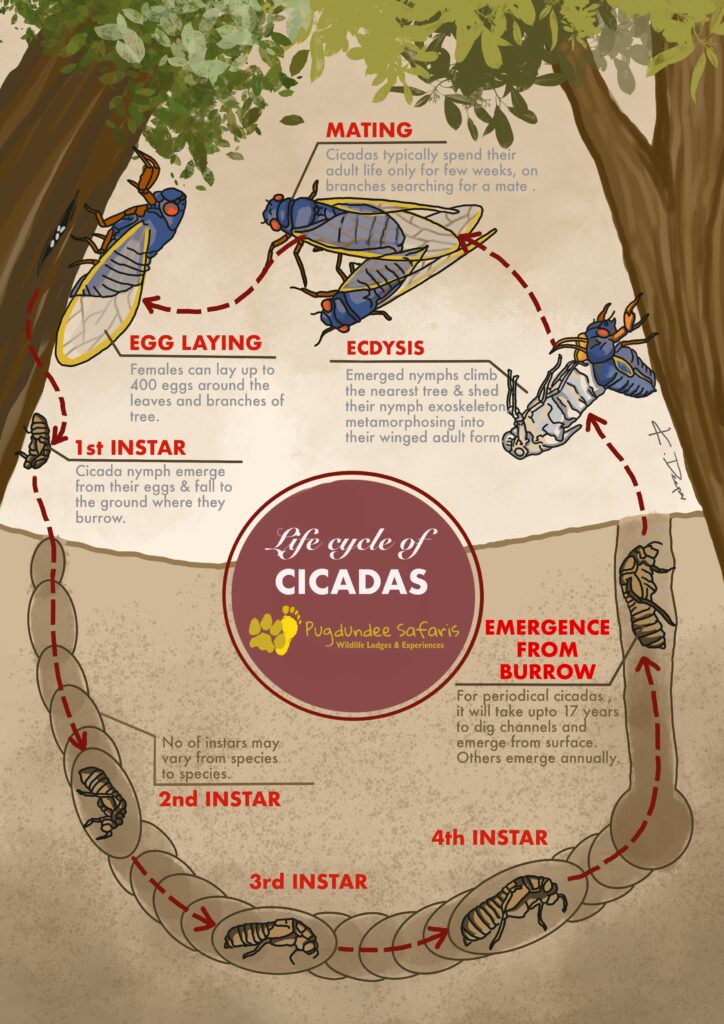
After a prolonged underground sojourn, nymphs emerge from the soil, shedding their exoskeletons to reveal their winged adult forms. The males then commence their cacophonous serenade to attract mates, while females lay eggs to continue the cycle anew.
Species Diversity of Cicadas
Cicadas exhibit remarkable species diversity worldwide, with thousands of known species distributed across various regions and habitats. Their distribution spans from tropical rainforests to arid deserts, showcasing their adaptability to diverse environmental conditions.
Worldwide Diversity
Estimates suggest there are over 3,000 species of cicadas worldwide, belonging to multiple genera and subfamilies. Regions of high cicada diversity include Southeast Asia, Australia, North and South America, and Africa. Each species exhibits unique traits in terms of appearance, behavior, and vocalization.
Conservation Implications
Despite their abundance and ecological significance, cicadas are often overlooked in conservation efforts. However, their presence serves as indicators of ecosystem health and biodiversity. Understanding the diversity and distribution of cicada species can aid in conservation planning and habitat management, ensuring the preservation of these captivating insects and the ecosystems they inhabit.
In the sweltering heat of summer, amidst the dense forests and verdant landscapes of Central India, a symphony unlike any other reverberates through the air. This mesmerizing chorus is orchestrated by none other than the enigmatic cicadas, a group of insects known for their remarkable vocal talents and intriguing life cycles.
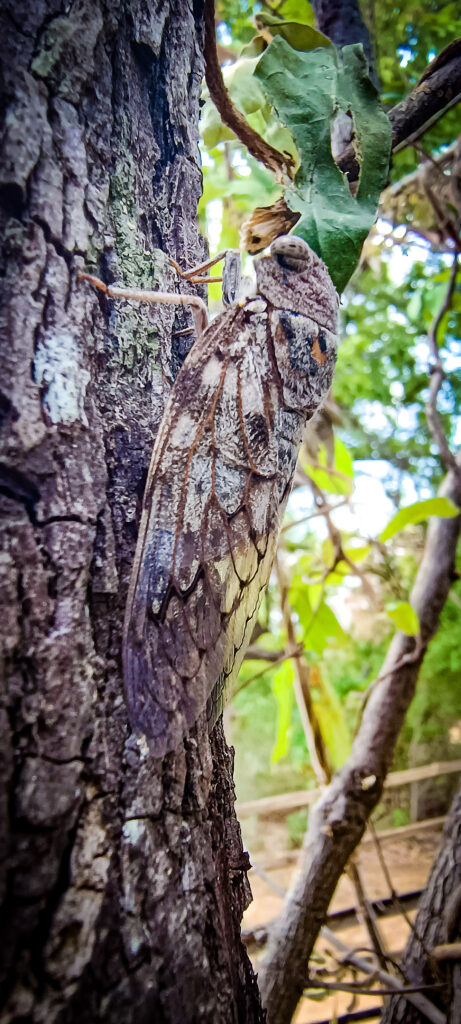
Cultural Significance
Beyond their ecological importance, cicadas hold cultural significance in many societies, including those of Central India. In some cultures, their emergence is viewed as a symbol of renewal and transformation, while their vibrant songs are celebrated as harbingers of abundance and vitality. Cicadas feature prominently in folklore, art, and literature, serving as muse and metaphor for the cycles of life and the passage of time.
When you visit a lodge in Kanha, you can see cicadas in the nearby fields.
Written by Shashank Arya, Naturalist at Pugdundee Safaris

